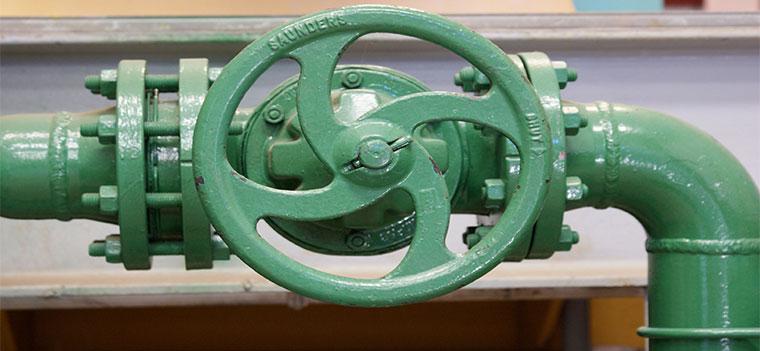News
- São Tomé and Príncipe (STP) faces critical energy challenges that have been an obstacle to the country’s economic growth. Only 60% of its population has access to electricity.
- To revitalize the sector and increase access, the Government aims to reduce the use of fossil fuels, scale up the use of renewables, and improve the public utility’s financial sustainability and quality of services.
- ESMAP support has helped to identify the most critical investments needed. This has leveraged a US$16 million World Bank project to increase renewable energy generation and improve the reliability of the electricity supply in STP.
Located off the western equatorial coast of Central Africa, the Democratic Republic of São Tomé and Príncipe (STP) is the second smallest country in Africa after Seychelles. In recent years, STP has experienced high economic growth with a 5.2 percent increase in GDP in the past decade. However, this growth has not translated to significant poverty reduction—almost half (47%) of STP’s population is poor.
Challenges in the energy sector have been obstacles to the country’s economic growth. Electricity coverage extends to only about 60% of the population and the use of energy sources vary widely. Most families living in both urban and rural areas still rely heavily on kerosene for lighting and biomass for cooking. The country’s state-owned utility EMAE (Empresa de Agua e Electricidade) has been facing capacity constraints to meet current and future demand by the population and businesses.
Transmission and distribution networks are old and poorly maintained, leading to high technical losses. Moreover, the interconnected power generation infrastructure on São Tomé Island is limited and diesel consumption by power plants constitutes a large portion of their operating expenses. With STP relying completely on imported fossil fuels, plant operation is extremely costly.
Reducing the use of fossil fuels is a priority for the Government, which has been looking into expanding the use of renewable energy in its energy mix. To revitalize the energy sector, it is also crucial to improve EMAE’s financial sustainability and quality of electricity services by minimizing technical and non-technical losses and by promoting energy efficiency programs.
To this end, the government requested technical assistance from the World Bank’s Energy Sector Management Assistance Program (ESMAP). ESMAP, through its Small Islands Developing State Multi Donor Trust Fund (SIDS DOCK MDTF), with funding from Denmark and Japan, supported work to help improve EMAE’s capacity and quality of services to distribute power in STP and increase energy access to the population.
In close collaboration with EMAE, ESMAP helped to identify the deficiencies and problems in the technical design, construction, maintenance, and operation of STP’s power plants. The work proposed a series of immediate actions to enhance the safety of operation and reduce losses in the transmission and distribution system.
A pre-feasibility study was carried out for the rehabilitation and capacity upgrade of the sole – at that time - functioning hydropower plant, El Contador, which included a cost analysis for four separate scenarios. Since the study, the plant went out of service, decreasing EMAE’s ability to meet peak demand. A potential upgrade and rehabilitation of the plant would improve the electricity supply in STP with an installed capacity of 2.2MW, doubling the previous peaking capacity.
For non-technical distribution losses, recommendations included the replacement of broken or obsolete meters; sealing and securing the meters and customer connections; developing and implementing centralized monitoring and billing systems; improving customer service and community engagement; and enforcement actions for electricity theft. For technical distribution losses, the main recommendations were to replace and upgrade old lines, standardize the construction of new and retrofitted lines, and install protective devices and dispatch-control system. In addition, the study suggested specific energy efficiency measures—replacing conventional light bulbs with compact fluorescent lights (CFL); retrofitting more efficient street lighting; implementing an appliance labeling program and an inefficient appliance swapping program—and promoting public awareness of the value of saving electricity. The actions proposed by this work are all relatively easy and fast to implement and could significantly strengthen the EMAE’s financial sustainability and ability to provide quality of services.
ESMAP’s technical assistance laid the foundation for a World Bank US$16 million infrastructure project to finance implementation of the recommendations, which was approved in July 2016. The STP Power Sector Recovery Project aims to increase renewable energy generation and improve the reliability of the electricity supply in STP. The project will focus on increasing hydropower generation through the rehabilitation of El Contador and reducing distribution losses through an operation and maintenance support program. By building capacity and establishing a more reliable investment climate, the World Bank endeavors to help STP to develop electricity network investments in the energy sector for a sustainable energy future.
Learn more about the ESMAP Renewable Energy Program
